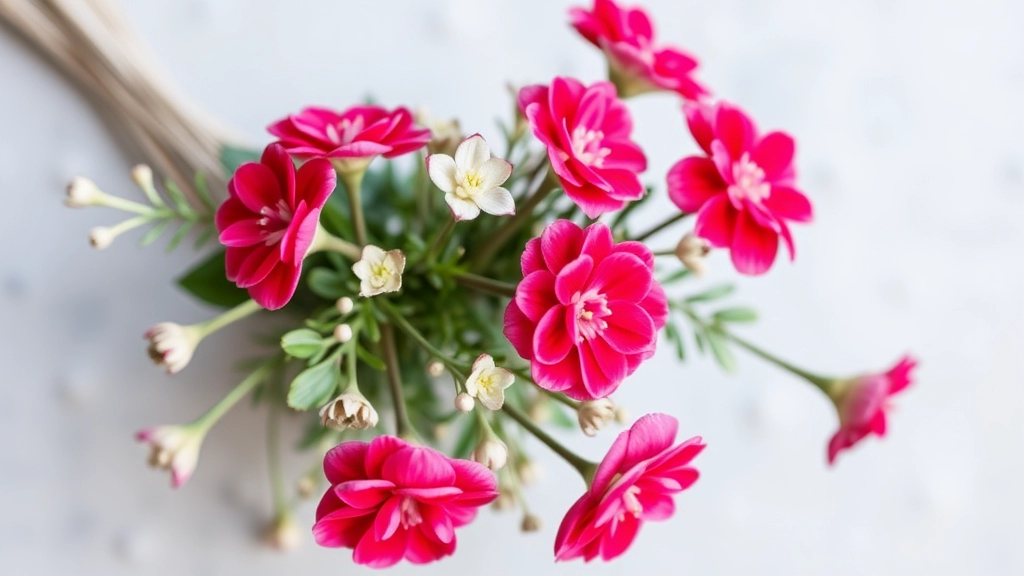Kalanchoe Silver Spoons Care Guide
Looking to add a touch of silvery elegance to your plant collection? The Kalanchoe Silver Spoons might be just what you need. This succulent, known for its unique silvery foliage, is not only eye-catching but also relatively easy to care for. Whether you’re a seasoned gardener or a newbie, understanding its basic needs will help your plant thrive.
First things first, let’s dive into the essential care tips for Kalanchoe Silver Spoons. From ideal lighting conditions and watering schedules to soil preferences, we’ve got you covered. Keep reading to learn how to keep your Kalanchoe Silver Spoons happy and healthy, ensuring it remains a stunning addition to your indoor or outdoor garden.
Essential Care for Kalanchoe Silver Spoons
Are you struggling to keep your Kalanchoe Silver Spoons thriving? Understanding the essential care for this unique succulent is crucial for its health and longevity.
Kalanchoe Silver Spoons, known for their distinctive, spoon-shaped leaves, are relatively low-maintenance but do require specific care to flourish. Here are the key aspects to consider:
Light Requirements
- Bright, Indirect Light: Place your Kalanchoe in a location where it can receive plenty of bright, indirect sunlight. Too much direct sun can scorch its leaves.
- Supplemental Lighting: If natural light is limited, consider using grow lights to ensure adequate exposure.
Temperature Preferences
- Ideal Range: This succulent thrives in temperatures between 20°C to 25°C (68°F to 77°F).
- Avoid Extremes: Protect it from frost and extreme heat, as both can be detrimental to its health.
Watering Guidelines
- Infrequent Watering: Water your Kalanchoe only when the top inch of soil feels dry. Overwatering can lead to root rot.
- Drainage: Ensure the pot has drainage holes to prevent water accumulation.
Soil Conditions
- Well-Draining Soil: A cactus or succulent mix is ideal, allowing for proper drainage and aeration.
- pH Level: Aim for a slightly acidic to neutral pH (6.0 to 7.0) for optimal growth.
For more detailed information on caring for Kalanchoe plants, you might find our complete guide to Kalanchoe succulents helpful. Additionally, if you’re interested in exploring different varieties, check out our top Kalanchoe succulent varieties and care tips.
Light and Temperature Requirements
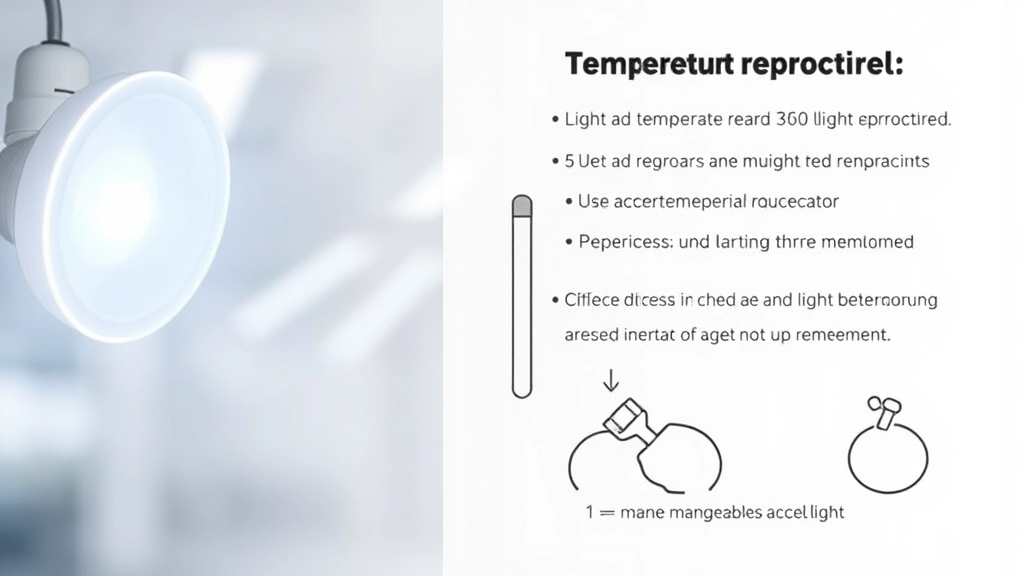
So, you’ve got your Kalanchoe Silver Spoons, and now you’re wondering how to keep it thriving.
Light is crucial for these beauties.
Light Needs
- Bright, Indirect Light: They love bright light but can’t handle direct sun for too long.
- Avoid Shady Spots: If they’re too far from a light source, they can become leggy and lose their charm.
Pro Tip: A south or east-facing window is usually a sweet spot.
Temperature Preferences
Now, let’s chat about temperature.
- Ideal Range: Kalanchoe Silver Spoons prefer temperatures between 18°C to 24°C (65°F to 75°F).
- Watch Out for Cold Drafts: They’re not fans of cold drafts or sudden temperature changes.
Quick Reminder: If you’re in a colder climate, keep them indoors during winter.
Keeping these light and temperature needs in check will help your Kalanchoe flourish.
Watering and Soil Conditions
When caring for Kalanchoe Silver Spoons, one of the most pressing concerns is how to get the watering and soil conditions just right. Overwatering or using the wrong soil can lead to issues that may affect the plant’s health.
Watering Guidelines
- Frequency: Water your Kalanchoe Silver Spoons every two to three weeks, allowing the soil to dry out completely between waterings.
- Signs of Underwatering: If the leaves begin to wrinkle or shrivel, it’s time to give your plant a drink.
- Signs of Overwatering: Yellowing leaves or a mushy stem usually indicate too much water.
Soil Conditions
- Type: A well-draining soil mix is crucial. A cactus or succulent potting mix works wonders.
- pH Level: Aim for a pH between 6.0 and 7.0, which is ideal for Kalanchoe plants.
- Additives: Consider adding perlite or coarse sand to improve drainage further.
By ensuring your Kalanchoe Silver Spoons receives the right amount of water and is planted in suitable soil, you can help it thrive. For more detailed tips, check out our comprehensive guide on Kalanchoe Panda Plant care. Additionally, if you’re interested in the growth patterns of Kalanchoe Copper Spoons, we have resources that can help.
Common Pests and Diseases
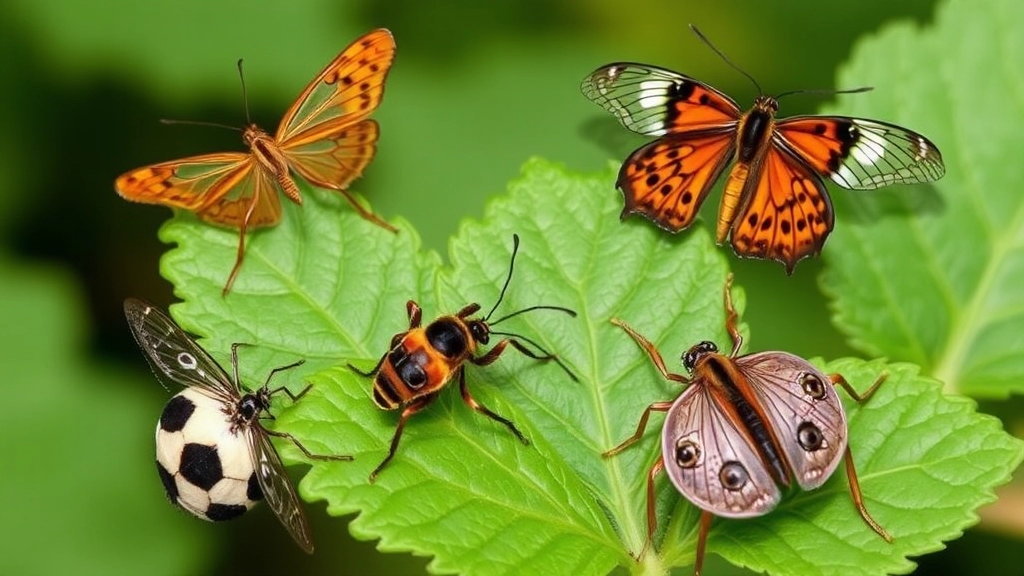
As we delve into the care of Kalanchoe Silver Spoons, it’s essential to be aware of the common pests and diseases that can affect this beautiful succulent.
Pest Concerns:
- Mealybugs:
- These small, white, cotton-like insects often hide in leaf joints.
- They suck sap, leading to wilting and stunted growth.
- Treatment: Use insecticidal soap or neem oil.
- Spider Mites:
- Tiny and often invisible, these pests create fine webs on the plant.
- They thrive in dry conditions, causing leaf discolouration.
- Treatment: Increase humidity and apply miticides if necessary.
- Aphids:
- Small, green or black insects that cluster on new growth.
- They can cause curling leaves and stunted growth.
- Treatment: A strong spray of water can dislodge them, or use insecticidal soap.
Diseases to Watch For:
- Root Rot:
- Caused by overwatering, leading to mushy roots.
- Symptoms include yellowing leaves and wilting.
- Prevention: Ensure well-draining soil and allow the plant to dry out between waterings.
- Powdery Mildew:
- A fungal disease that appears as white powdery spots.
- It thrives in high humidity and poor air circulation.
- Treatment: Improve air flow and apply fungicides if needed.
- Leaf Spot:
- Dark, water-soaked spots on leaves can indicate bacterial or fungal infections.
- Treatment: Remove affected leaves and avoid overhead watering.
Recognising these pests and diseases early can save your Kalanchoe Silver Spoons from significant damage.
How to Propagate Kalanchoe Silver Spoons
If you’re looking to expand your collection of Kalanchoe Silver Spoons, propagation is a straightforward and rewarding process.
Why Propagate?
Many plant enthusiasts find joy in propagating their favourite plants. It allows you to share with friends or simply enjoy more greenery at home.
Propagation Methods
There are two primary methods to propagate Kalanchoe Silver Spoons:
- Leaf Cuttings
- Choose a healthy leaf from the parent plant.
- Use a clean, sharp knife to cut the leaf at the base.
- Allow the cut end to dry for a few hours to form a callus.
- Place the leaf in well-draining soil, burying the cut end slightly.
- Water sparingly until new growth appears.
- Offsets
- Look for small offshoots at the base of the plant.
- Gently twist or cut these offsets away from the parent plant.
- Allow them to dry for a day or two.
- Plant them in a pot with well-draining soil.
- Water lightly until established.
Tips for Successful Propagation
- Timing: The best time to propagate is during the growing season, typically in spring or early summer.
- Environment: Keep the cuttings in a warm, bright location but out of direct sunlight.
- Humidity: A humidity dome can help retain moisture, but ensure proper ventilation to prevent rot.
By following these steps, you’ll soon have new Kalanchoe Silver Spoons to enjoy or share. For more detailed guidance, check out our complete guide to Kalanchoe Copper Spoons care and learn about the best practices for propagating Kalanchoe varieties.
Ideal Locations for Planting Kalanchoe Silver Spoons
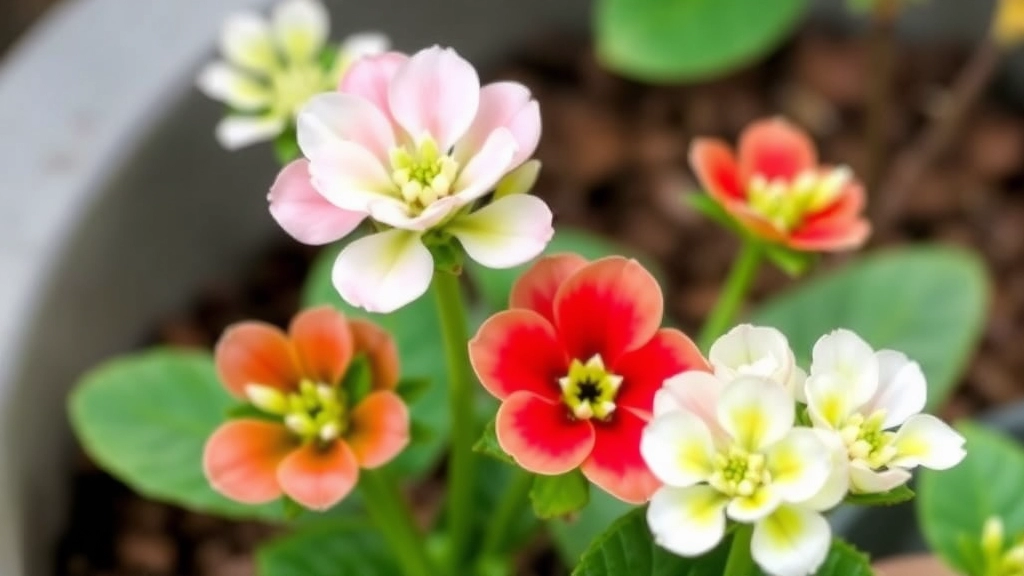
Now that we’ve covered the essentials of caring for your Kalanchoe Silver Spoons, let’s dive into where to plant them for optimal growth.
Indoor Planting Locations
Finding the right spot indoors can make all the difference for your Kalanchoe. Here’s what to consider:
- Bright, Indirect Light: These plants thrive in bright, indirect sunlight. A south or west-facing window is perfect.
- Avoid Drafts: Keep them away from cold drafts or heating vents, as sudden temperature changes can stress them out.
- Humidity: They prefer drier air, so avoid overly humid rooms like bathrooms.
Example: I’ve had great success with mine sitting on a windowsill where it gets morning sun but is shaded in the afternoon.
Outdoor Planting Locations
If you’re thinking about planting outside, here’s what to keep in mind:
- Full Sun to Partial Shade: Kalanchoe Silver Spoons love sunlight but can burn if it’s too intense. Aim for a spot that gets morning sun and afternoon shade.
- Well-Draining Soil: Make sure the soil drains well to prevent root rot. Raised beds or containers work wonders.
- Protection from Frost: If you live in a cooler climate, bring them indoors or provide shelter during colder months.
Tip: I’ve seen some stunning displays when planted in a rock garden, where they can soak up the sun without excess moisture.
Toxicity Concerns for Pets and Humans
As we delve deeper into caring for Kalanchoe Silver Spoons, it’s crucial to address a significant concern: toxicity. Many plant enthusiasts often wonder, “Is Kalanchoe Silver Spoons safe for my pets and family?”
Understanding Toxicity
Kalanchoe species, including Silver Spoons, contain compounds that can be harmful if ingested.
- For Pets:
- Kalanchoe can be toxic to cats and dogs.
- Symptoms of ingestion may include vomiting, diarrhoea, and lethargy.
- For Humans:
- While not typically dangerous, ingestion can lead to mild gastrointestinal upset.
- Children are particularly at risk, so it’s essential to keep plants out of reach.
Precautionary Measures
To ensure safety around your Kalanchoe Silver Spoons:
- Place the plant in locations that are inaccessible to pets and young children.
- Educate family members about the potential risks associated with this plant.
- Consider using pet-friendly alternatives if you have curious animals at home.
By being aware of these toxicity concerns, you can enjoy your Kalanchoe Silver Spoons while keeping your loved ones safe. For more detailed information, you might find our guide on Kalanchoe Pink Butterflies toxicity helpful. Additionally, if you’re interested in exploring more about Kalanchoe care, check out our Ultimate Guide to Growing and Caring for Succulent Plant Kalanchoe.
Seasonal Care and Dormancy Needs
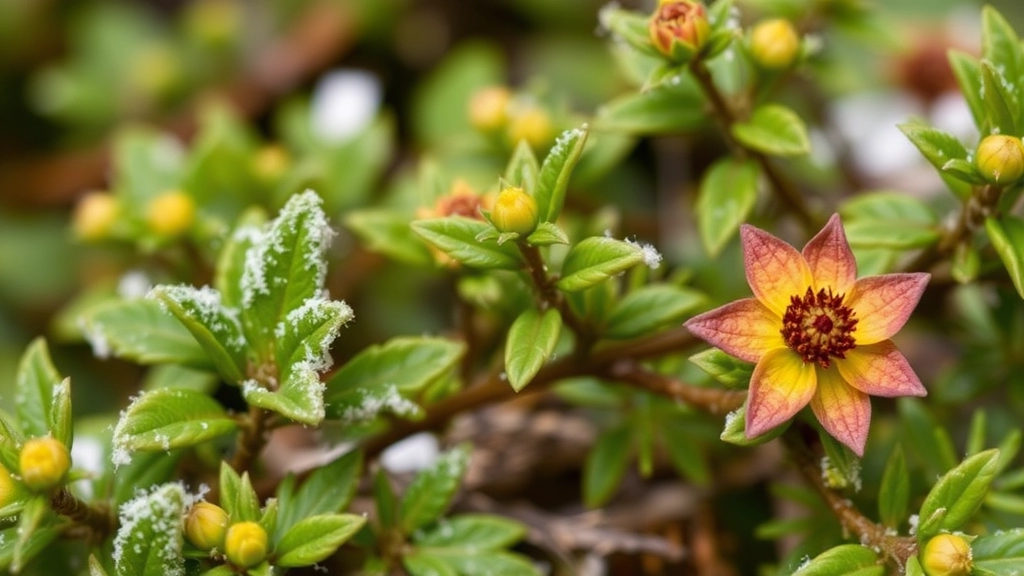
As the seasons change, you might wonder how to keep your Kalanchoe Silver Spoons thriving.
Understanding Dormancy
Kalanchoe Silver Spoons tends to slow down during the colder months. This dormancy phase is natural and crucial for its long-term health. Here’s what you need to know:
- Winter Care:
- Reduce watering.
- Allow the soil to dry out completely between waterings.
- Keep it in a bright spot, but avoid direct sunlight.
- Spring Awakening:
- As temperatures rise, your plant will wake up.
- Gradually increase watering as new growth appears.
- Consider repotting if you notice it outgrowing its current pot.
- Summer Growth Spurt:
- This is when your Kalanchoe will be most active.
- Water regularly, but ensure the pot has good drainage.
- Feed with a balanced fertiliser every month.
- Autumn Preparation:
- Start reducing water again as the days shorten.
- Keep an eye out for pests as they may become more active.
By adjusting your care routine with the seasons, you can ensure your Kalanchoe Silver Spoons stays healthy and vibrant.
Pro Tip: Always observe your plant. If the leaves start to look wrinkled or shrivelled, it might need more water. If they appear mushy, it’s likely overwatered.
Troubleshooting Common Growth Issues
As you care for your Kalanchoe Silver Spoons, you may encounter some common growth issues that can be frustrating.
What are the signs of distress in your plant?
- Leaves Turning Yellow
- This often indicates overwatering.
- Check the soil moisture; if it’s soggy, allow it to dry out before watering again.
- Leaf Drop
- If your plant is shedding leaves, it might be due to sudden temperature changes or drafts.
- Ensure it’s in a stable environment away from air conditioning or heating vents.
- Stunted Growth
- A lack of nutrients can lead to slow growth.
- Consider feeding your plant with a balanced succulent fertilizer during the growing season.
- Leggy Appearance
- If your Kalanchoe is stretching towards the light, it may not be receiving enough sunlight.
- Move it to a brighter location or supplement with grow lights.
- Brown Leaf Edges
- This can be a sign of underwatering or low humidity.
- Adjust your watering schedule and consider misting the plant if your home is particularly dry.
- Pest Infestations
- Check for signs of pests like mealybugs or aphids.
- Treat infestations promptly with insecticidal soap or neem oil.
By addressing these common issues, you can help your Kalanchoe Silver Spoons thrive. For more detailed guidance, you might find our guide on fixing drooping Kalanchoe leaves helpful. Additionally, learning how to get Kalanchoe to bloom can enhance your plant care routine.
FAQs for Kalanchoe Silver Spoons
What kind of light does Kalanchoe Silver Spoons need?
Kalanchoe Silver Spoons thrive in bright, indirect light. They should be placed near a south or east-facing window for optimal growth. Avoid placing them in shady spots as they can become leggy and lose their charm.
What is the ideal temperature range for Kalanchoe Silver Spoons?
The ideal temperature range for Kalanchoe Silver Spoons is between 18°C to 24°C (65°F to 75°F). They are sensitive to cold drafts and sudden temperature changes, so keep them away from such conditions.
What are the common pests that affect Kalanchoe Silver Spoons?
Common pests include mealybugs, spider mites, and aphids. Mealybugs appear as small, white, cotton-like insects, while spider mites create fine webs and thrive in dry conditions. Aphids cluster on new growth and can cause curling leaves and stunted growth.
How can I treat pests on my Kalanchoe Silver Spoons?
Treatment options include using insecticidal soap or neem oil for mealybugs, increasing humidity and applying miticides for spider mites, and dislodging aphids with a strong spray of water or using insecticidal soap.
What diseases should I watch out for with Kalanchoe Silver Spoons?
Common diseases include root rot, powdery mildew, and leaf spot. Root rot is caused by overwatering, powdery mildew appears as white powdery spots, and leaf spot shows as dark, water-soaked spots on leaves.
How can I prevent root rot in Kalanchoe Silver Spoons?
To prevent root rot, ensure that the soil is well-draining and allow the plant to dry out between waterings. Overwatering is the primary cause of root rot.
What are the best indoor locations for planting Kalanchoe Silver Spoons?
Indoors, Kalanchoe Silver Spoons thrive in bright, indirect sunlight. A south or west-facing window is ideal. Avoid placing them near cold drafts or heating vents, and keep them out of overly humid rooms like bathrooms.
Can I plant Kalanchoe Silver Spoons outdoors?
Yes, Kalanchoe Silver Spoons can be planted outdoors in locations that receive full sun to partial shade. Ensure the soil is well-draining and provide protection from frost if you live in a cooler climate.
How should I care for Kalanchoe Silver Spoons during winter?
During winter, reduce watering and allow the soil to dry out completely between waterings. Keep the plant in a bright spot but avoid direct sunlight. This dormancy phase is crucial for its long-term health.
What should I do when my Kalanchoe Silver Spoons starts growing in spring?
As temperatures rise in spring, gradually increase watering as new growth appears. Consider repotting if the plant outgrows its current pot, and ensure it receives adequate light.
How often should I fertilize Kalanchoe Silver Spoons during summer?
During the summer growth spurt, Kalanchoe Silver Spoons should be watered regularly, ensuring good drainage. Feed the plant with a balanced fertilizer every month to support its active growth phase.
What adjustments should I make for Kalanchoe Silver Spoons care in autumn?
In autumn, start reducing water as the days shorten. Keep an eye out for pests, as they may become more active during this time. Adjusting your care routine with the seasons ensures the plant stays healthy and vibrant.
References
-
Kalanchoe Plant Care: Learn How To Grow Kalanchoe Plants
-
How to Grow and Care for Kalanchoe
-
Kalanchoe: How to Grow and Care for Kalanchoe Plants
